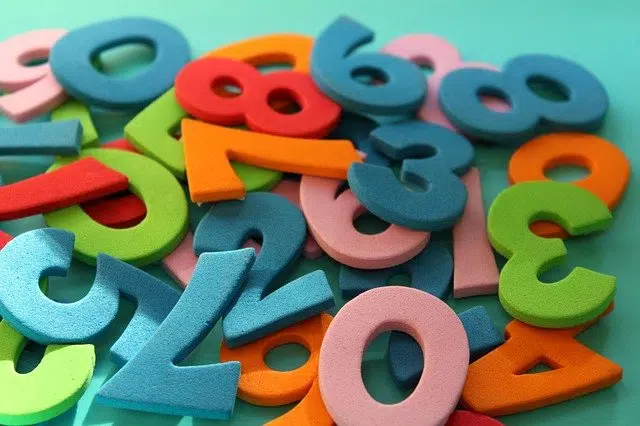
The concept of permutation is used in the field of mathematics.
Permutation is a notion that comes from the Latin permutatio . The term refers to the procedure and result of swapping . This verb, for its part, refers to the exchange of one thing for another, without the intermediation of money unless the aim is to equate the value of the exchanged objects.
For example: “I think I won with the exchange of the house” , “The manager asked us to look for the exchange of the old machinery” , “The exchange proposal was not accepted by the other party” .
Permutation in mathematics
The notion of permutation is common in the field of mathematics . In this case, the idea mentions the possible arrangements of those elements that are part of a non-infinite set.
This means that a permutation is a change in the way elements are arranged. It can be considered as a bijective type function within the set , since it indicates different correspondences between the elements.
Let's see an example . The set {5,6,7} can be ordered in different ways, giving rise to several permutations. Specifically, this set allows six permutations: {5,6,7} , {5,7,6} , {7,5,6} , {7,6,5} , {6,5,7} , { 6,7,5} and {5,6,7} .
The cycle
There is a special kind of permutation called a cycle . In this case, a certain amount of elements remains fixed, while the rest is mobilized cyclically. When there are no elements that remain fixed, we speak of cyclic permutation .
When a cycle is applied to an element Y of a set, it is expected that all other elements will, sooner or later, pass through the position Y originally occupied. The counterpart to this situation is that Y will also occupy all the other positions of the elements that are subject to the permutation.

Permutation is linked to the possible arrangements of the elements that make up a finite set.
Permutation and combinatorics
The study of numbering, the existence and the construction of properties of configurations that meet certain conditions is known as combinatorics . It belongs to discrete mathematics and permutation is also related to this branch, as explained below.
Combinatorics studies the number of different ways in which sets that are formed from elements of an initial set can be considered, following certain rules (such as order, partition, repetition and size). In this way, a combinatorial problem usually consists of establishing a rule about the way in which the so-called groupings should occur and determining how many of them satisfy said rule. Combinations, variations and permutations (the latter can be considered a special class of variations) must be taken into account, with or without repetition.
The transposition
There is a type of permutation called transposition , which consists of grouping the elements in cycles of length 2. It is possible to write any permutation as a product of transpositions and, therefore, of cycles. If we take the permutation P = (s1,s2)(s1,s3)…(s1,st) , with the elements (1,3,8)(2,4,5,9)(6,7) , we can decompose it as follows: (1,3)(1,8)(2,4)(2,5)(2,9)(6,7) .
As a curiosity, it should be noted that the study of the permutation of the roots of algebraic equations opened the doors to Évariste Galois, a 19th century French mathematician, to take his first steps in the development of group theory . which belongs to the branch of mathematics known as abstract algebra and studies both the properties and applications of groups inside and outside the mathematical field.
Galois was the first to use the term permutations in the context of mathematics and the groups he began to work on were non-abelian groups, that is, those that are not commutative (the abelian groups , which received their name from the mathematician Niels Henrik Abel, originally from Norway, do have the commutative property ).
